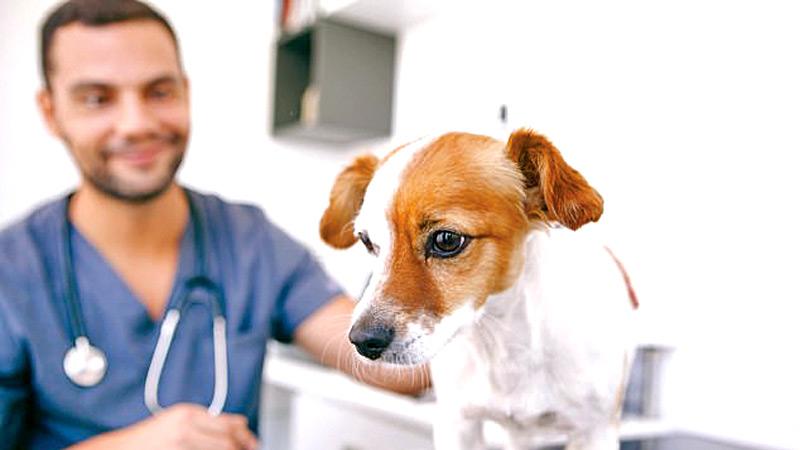
A trip to the vet isn’t much fun for any dog owner, and now a new study has confirmed that many dogs hate going to the vet too.
Researchers from the University of Adelaide hooked dogs up to heart rate monitors to see how they reacted during a visit to the vet.
The results revealed that some of the dogs’ average heart rate doubled between the waiting room and the examination table.
Fearful experience
‘Veterinary staff and guardians must take every reasonable step to reduce or prevent a fearful experience during veterinary visits,’ the researchers wrote in their study, published in the Journal of Veterinary Behaviour.
In the study, the team set out to investigate how dogs respond physiologically and behaviourally during physical examinations at the vet.
‘Regular veterinary care is integral to companion dog health and welfare, but fearful patients can inhibit provision of care and pose a risk of injury to veterinary staff,’ the researchers, led by Petra Edwards, wrote.
‘This study aimed to identify the physiological and behavioural responses of a sample of 30 dogs of various age and breed, to a standardised physical examination in a simulated veterinary setting.’
Physical examination
The 30 dogs were hooked up to heart rate monitors, before visiting a veterinary clinic for a routine physical examination.
In the waiting room, the dogs’ average heart rate was 97 beats per minute (bpm).
However, during the examination, one-third of the dogs’ heart rates almost doubled, peaking at an average of 180bpm.
Meanwhile, one poor greyhound experienced a heart rate of 230bpm during its examination.
Heart rates
In particular, the heart rates were the highest during the first stage of the examination – being patted by the examiner – and the last stage – a simulated vaccination.
In contrast, the middle stage – a tooth examination – elicited the lowest heart rates.
- Agency
